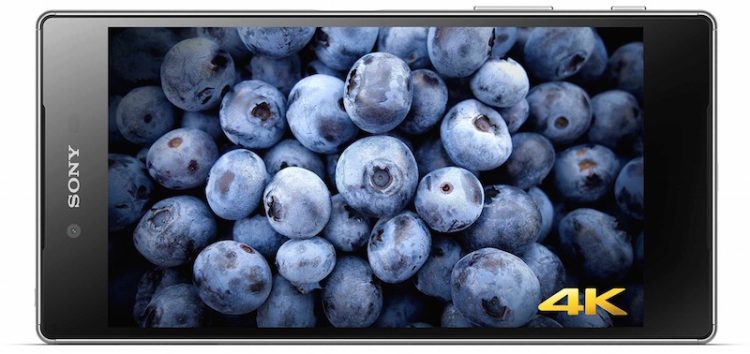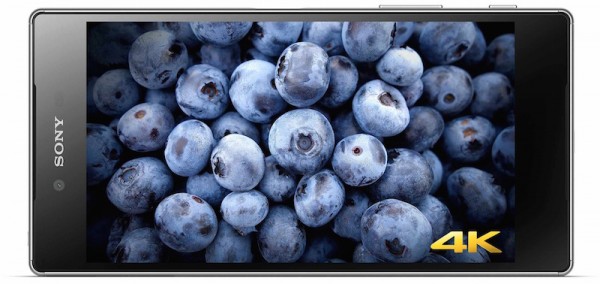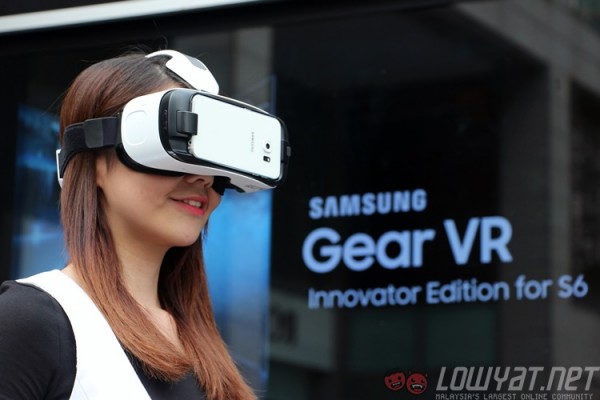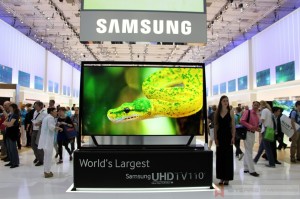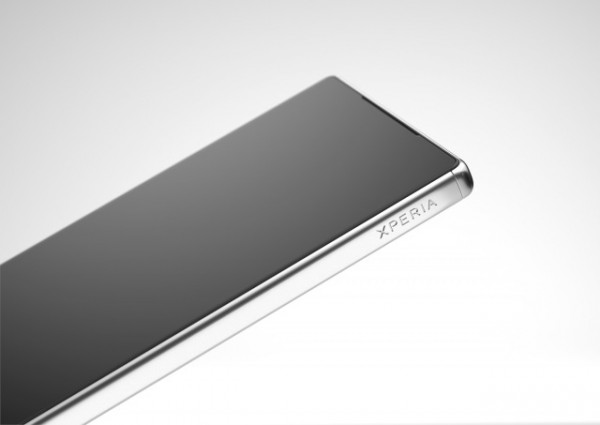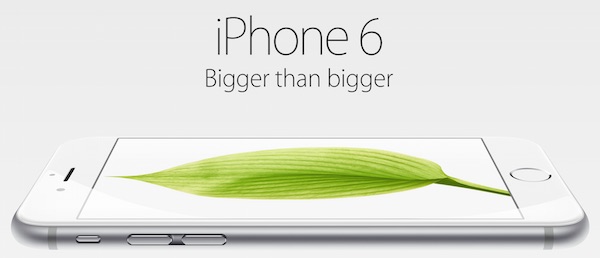What’s the optimum resolution for a smartphone display? This question has varying answers for many, but it is now being discussed more passionately than ever after two deeply contrasting phone launches in successive weeks: Sony’s monster 4K Xperia Z5 Premium, and Apple’s new iPhone 6s and 6s Plus. The prevailing notion is that the more pixels there are, the better…but with Sony’s new pixel-dense phone, it begs the question: at what point does it become too much?
Naturally, Sony is just the latest in a long list of smartphone makers pushing the boundaries in pixel densities. There are surely some logic that goes behind this, which goes beyond just the consumers’ current needs. Let’s take a closer look behind both schools of thought.
FOR…
Two words: virtual reality.
It’s the most straight-forward reason you can come up with. VR is the buzzword in tech circles today, with many dubbing it as the next big thing in the mobile industry. VR companies are being acquired everywhere, while others prefer sharing their knowledge to create something better.
One of the main challenges behind VR today is in the quality of displays itself. One of Oculus’ first VR headsets used panel plucked out of a Samsung Galaxy Note 3 because it was the best they could find back then. Samsung then partnered with Oculus to allow Note 4 users to plug the whole phone in as a display and rendering engine with the Gear VR Innovator Edition for Note 4, and then pulled a similar move for the Galaxy S6.
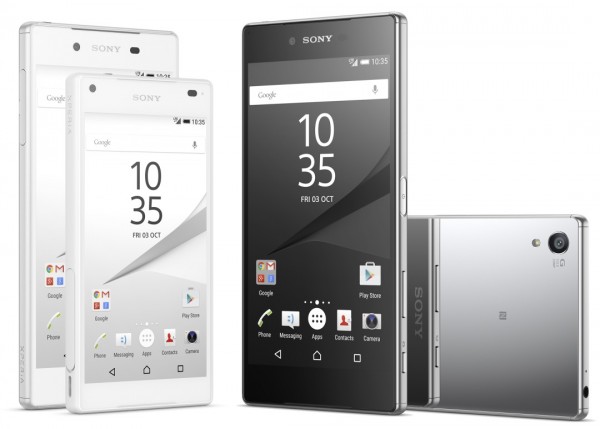
Naturally, having a sharper display means it is much better suited for VR content consumption. Sony’s 4K (3,840 x 2,160) Z5 Premium with a 806ppi pixel density then does not sound too absurd, since VR displays are split into two (one for each eye). The closer a human eye is to a display, the easier it is for it to discern individual pixels. When the display is smack in front of your face, it only makes sense for it to be the most pixel-dense there is to ensure a truly immersive experience.
VR may not yet be mainstream, but it is certainly one that will catch on in the future via a combination of more quality content, and a lower cost of entry (Google may have already led the way with its Cardboard initiative). It may not be one where everyone walks around with a headset strapped to their heads, but rather one where you can simply enjoy from the comfort of your own home. YouTube already has a large selection of 360-degree videos that almost makes you feel like you’re really there. Nokia has a specialised 360-degree camera for film makers, while you can even check out war-torn Syria as if you’re really there.

Speaking of the future, the Z5 Premium is another example of being a ridiculed early adopter. If history has proven anything, it is that smartphone displays simply get sharper with every passing year. Remember back when people thought a 720p display was overkill, that a 960 x 540 panel was “good enough”? The innovation in display technologies has accelerated since then, and today we have entry-level phones that pack a decent 720p screen. Admittedly, the pace at which companies like Samsung and LG are developing display tech is faster than the rest of other components – but should LG or Samsung be to blame for that?
Smartphone companies will often pack the best hardware they can find into their premium devices, not just as a means of justifying the premium price tag, but also as future-proofing. Sony has borne the brunt of criticism as always being behind the adoption cycle, but it appears to have been too early in releasing a 4K display phone – even if it has a smart “adaptive” display that switches between 4K and Full HD resolutions.
At this juncture, it is impossible to go any further without talking about Steve Jobs and his “Retina Display” quote. Back in 2010 when Apple unveiled the iPhone 4 with a 326ppi “Retina Display”, Jobs famously claimed that the human eye cannot perceive anything beyond 300ppi. The math, as it turned out, was a lot more complex: it involves factors like distance between the display and the eyes, as well as the curvature of the eyeball itself. Basically, it was mere marketing fluff.
https://www.youtube.com/watch?v=z__jxoczNWc&feature=youtu.be&t=7m43s
But more importantly, Jobs was talking about a smartphone with a 4-inch display, and at a time when the iPhone had virtually no competitor. The pixel density of a display is measured using the display size and the resolution, which means that as displays get larger, the resolution needs to be higher as well to maintain a similar pixel density. Virtually all flagship Android smartphones today have surpassed Jobs’ “magic” 300ppi threshold, again due to a combination of better display technology, the emergence of VR, and most importantly, competition: even the new iPhone 6s Plus sports a 401ppi display.
AGAINST…
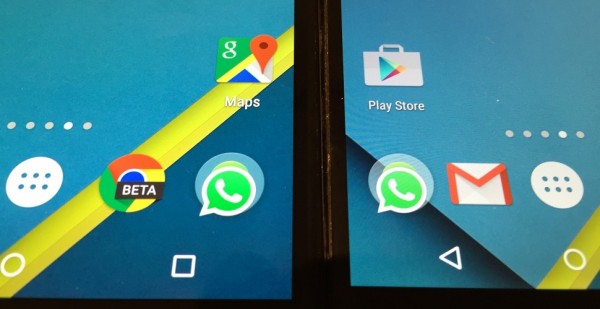 Nexus 6 (left) with a 2K display vs Nexus 5 (right) with a Full HD panel. (Image: Gordon Kelly/Forbes)
Nexus 6 (left) with a 2K display vs Nexus 5 (right) with a Full HD panel. (Image: Gordon Kelly/Forbes)
Where do we even start?
Most smartphones today feature a Full HD display. More premium ones differentiate themselves by using a 2K panel, which has 78% more pixels, but in all honesty, you really can’t tell the difference between the two – just take a look at the Nexus 6 and Nexus 5 side-by-side image above. You simply cannot see individual pixels on a Full HD panel with the naked eye, let alone a 2K one. So what more a 4K panel, right?
Let’s take a good, long look at other industries. Full HD TVs are the norm today. In the next year or two, 4K TVs will be affordable enough to be seriously considered for normal consumers. Now, considering that even 4K TVs today stretch to an impressive 110 inches across, what business does a smartphone have to pack the same amount of pixels in a display that’s almost twenty times smaller? Even laptops today are still finding it hard to shake off 1,366 x 768 displays.
Imperceivable differences aside, a more pressing concern lies with battery life. As the number of pixels increase, the faster the GPU has to be in order to render each individual pixel. That means a GPU has to work harder to render a 2K display compared to a Full HD one, effectively affecting overall battery life. A crisp, sharp display is obviously great to have on a smartphone, but is it worth carrying around a power bank because the phone can’t even last through the day? This specs race – the desire to pack ever-larger numbers to show that a product is superior – has essentially resulted in a poorer overall user experience.
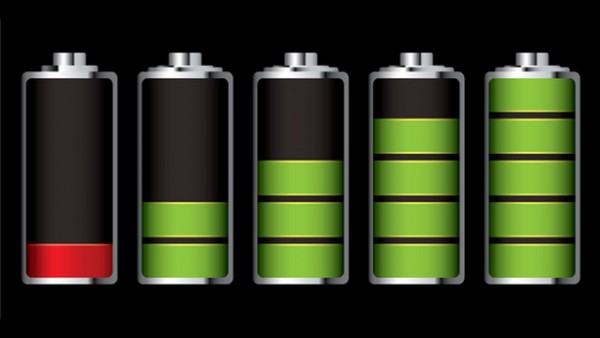
That’s not all, of course. Because the GPU now has to work harder, the overall performance of the device will be worse – especially in gaming. There is also the very serious matter of potentially overheating the GPU, which risks reducing the lifespan of the hardware.
One classic example is the smartphone startup OnePlus. Its latest smartphone, the OnePlus 2, has been dubbed the “2016 Flagship Killer”….but its 5.5-inch display “only” has a Full HD resolution. OnePlus has reiterated that the OnePlus 2’s strengths does not lie in the numbers behind the hardware, but instead in the overall experience of using the device. In an interview with The Indian Express, co-founder Carl Pei likens the situation to comparing a Swatch and a Rolex. “On paper, the Swatch will likely have higher specs and more features, but we all know which is the better product… (some things) aren’t even visible on spec sheets.”
 Spec sheets only tell what can be quantified. (Image: 2015 flagship smartphone spec comparison)
Spec sheets only tell what can be quantified. (Image: 2015 flagship smartphone spec comparison)
Let’s go back to Apple and Steve Jobs. The iPhone 6 and the new 6s have a 4.7-inch 1,334 x 750 display, with a 326ppi pixel density – the same as the original “Retina Display” iPhone 4. The iPhone 6 was hailed as Apple’s most successful iPhone ever, despite having a resolution that’s only slightly sharper than mid-range Android smartphones today. Which brings us to another point: the quality of a display is not just based on how many pixels it packs. The Xiaomi Mi Note may only have a 5.7-inch Full HD display, but it has excellent viewing angles, vibrant colour reproduction, and is overall as good as any flagship smartphone priced close to twice as much.
In this regard, Pei has it completely spot on: you can’t judge the quality of a display simply by what it reads on a spec sheet.
MOVING FORWARD…
As display technologies mature, it will be progressively cheaper to manufacture pixel-dense displays. Over time, these displays will also be more efficient. One way Sony has maintained the promise of a two-day battery life on the Z5 Premium lies in the fact that it only displays media content in 4K, and everything else in Full HD. This is essentially the first time we’ve actually seen a smartphone display with a variable resolution like that on a computer monitor, allowing Sony to maintain great battery life and still boast the Z5 Premium as the “world’s first 4K smartphone”. Even Samsung’s excellent Galaxy Note 5 appears to have no issues lasting a full day despite having a 2K display.
In other words, manufacturers do carefully consider the impact of having a high-resolution display before placing them into a flagship device. After all, a premium product offers the highest profit margins; if it sells well, the company as a whole does well – just compare the fortunes of Apple and HTC.
Let’s also not forget the impact that virtual reality will have in the mobile industry. Google’s Cardboard has made it easy for everyone to have a basic idea of how VR powered by your smartphone will be like, and hopefully that would be enough to drive greater adoption of VR on future devices – and that means having a high-resolution display is absolutely essential.
On the other hand, there are companies that are perhaps too engrossed in the specs race. A high-resolution display requires a fast and efficient GPU or at the very least a huge battery – stray from that formula and there’ll be trouble. A great smartphone should have a lot of things, including a great display, but it should not be at the expense of poor battery life.
Because ultimately, the consumer can and will choose to spend their hard-earned money elsewhere.
What do you think? Are 4K displays for smartphones overkill, or just another advancement in display technology? Share your thoughts in the comments below!

